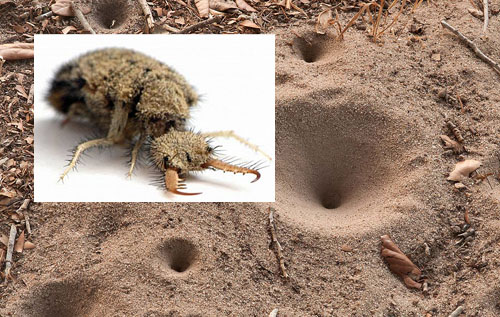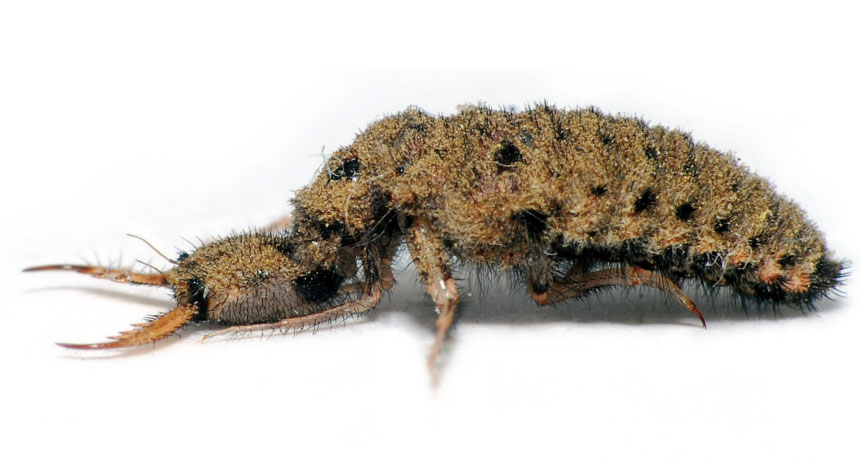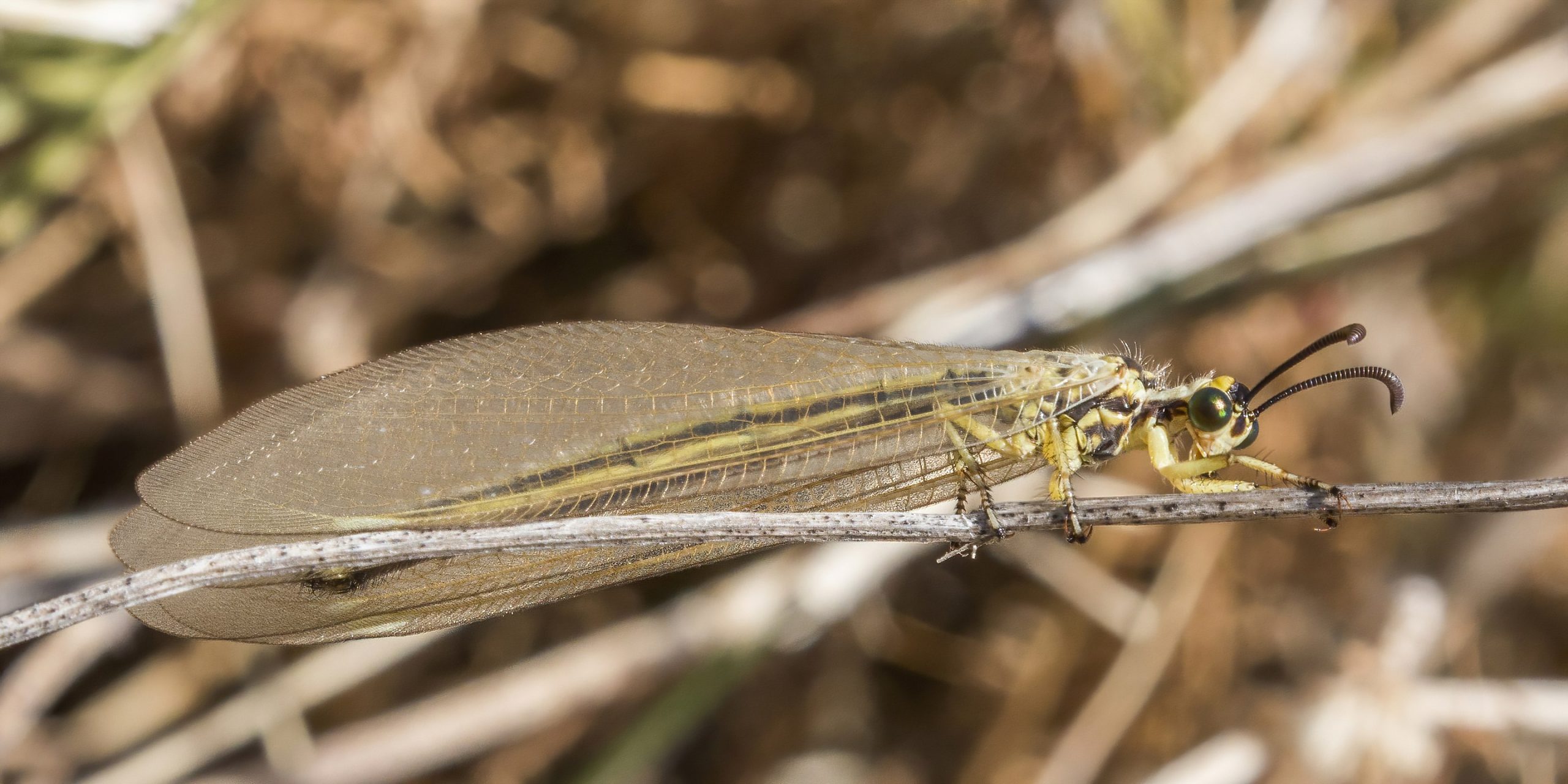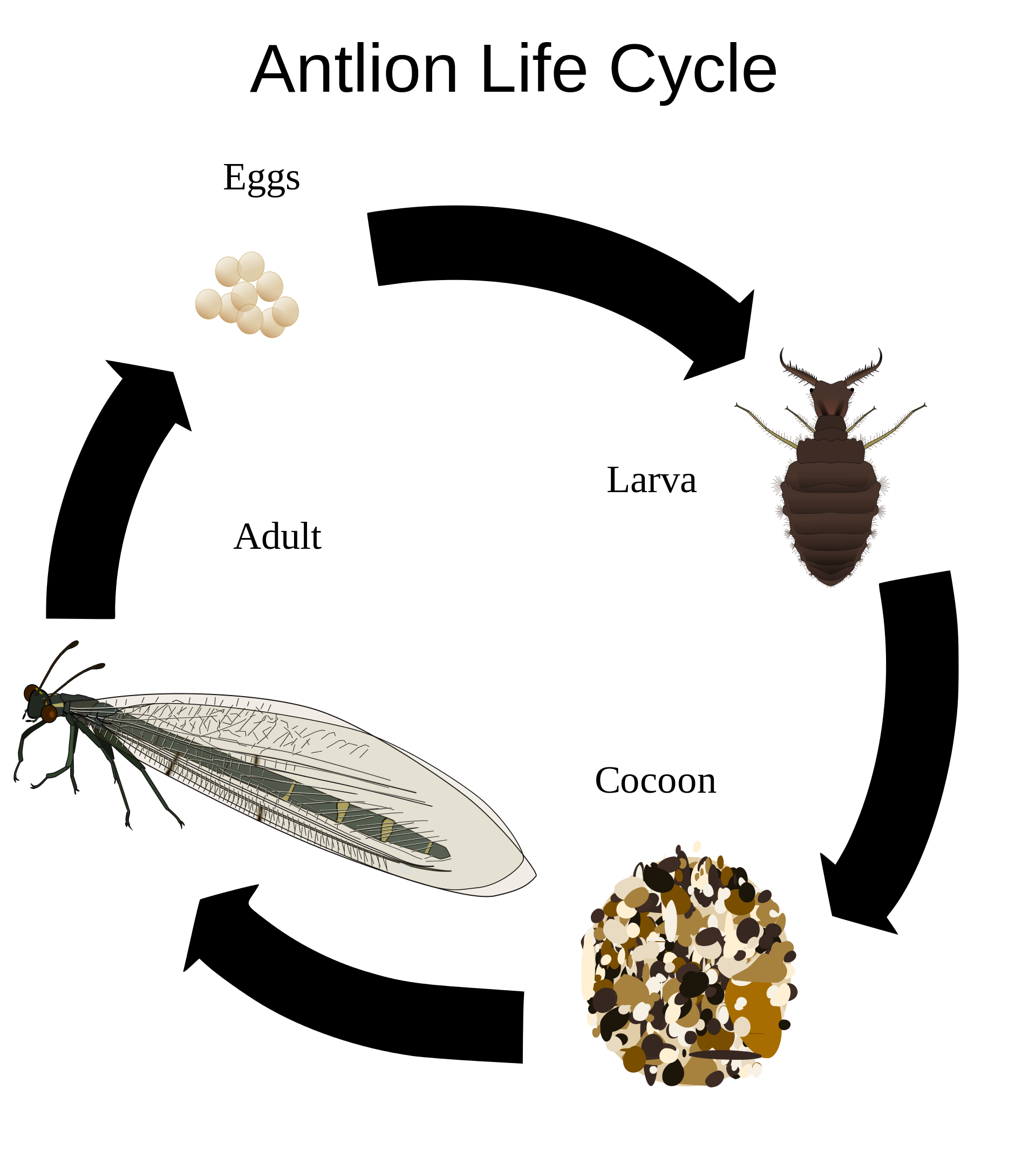The Blue Mountains is the home to some fascinating animals and plants, including the impressive Antlion. The Antlion is the larval form of an insect known as the Myrmeleontidae. This family of insects consists of around 2,000 species worldwide, with many of them found in the Blue Mountains region. The larvae are often called doodlebugs because they are able to move backwards using their long mandibles. In fact, they even resemble miniature dinosaurs with their large jaws and spiky legs!
In the Blue Mountains, you’ll find them around most walking tracks.
What are Antlions?
Antlions are a group of about 2,000 species of insect in the neuropteran family Myrmeleontidae, known for their ferocious behaviour and pits which they dig. Found all over North America, Europe and Australia, Antlion larvae prey on ants and other small animals unfortunate enough to fall into their pit trap.
 Adult Antlions resemble lacewings with sickle-shaped wings and can be seen fluttering around flowers waiting for nectar or preying on aphids. Some desert ants build helical tunnels so that any falling sand lands far from the opening of their nest, preventing young Antlions from digging pits. Many ants also have sticky pads on their tarsi that help them escape from a sandy tomb. Some rare species even go so far as to build special sheds over nests at night where they place excess sand; an unguarded nest is much less likely to become victim to an attacking Antlion larva.
Adult Antlions resemble lacewings with sickle-shaped wings and can be seen fluttering around flowers waiting for nectar or preying on aphids. Some desert ants build helical tunnels so that any falling sand lands far from the opening of their nest, preventing young Antlions from digging pits. Many ants also have sticky pads on their tarsi that help them escape from a sandy tomb. Some rare species even go so far as to build special sheds over nests at night where they place excess sand; an unguarded nest is much less likely to become victim to an attacking Antlion larva.
How Did They Get Their Name?
It’s easy to see why they’re called Antlions. If you look at their larval form, you’ll notice that they look just like lionfish. But their name doesn’t come from a resemblance to lions; it comes from their habit of digging pits and lying in wait for prey to fall in. This trapping behaviour was likened to ant-hunting by early researchers. So when scientists realized that some species actually lived alongside ants, they gave them an additional name: ant lions. And because they are predators and dig burrows, they took on yet another moniker: doodlebugs. They get around!
Where Do They Live?
Antlions live in warm, arid places and the larvae—rarely seen because they live underground—are found in open sandy or muddy areas. Antlion larvae resemble caterpillars and feed on termites, ants and other small creatures that fall into their traps. These pits can be up to half a meter deep and have steep walls made of sand grains cemented together with fluids secreted by larval salivary glands. When an ant or other insect falls inside, it finds itself at the bottom of a vertical tunnel. It cannot climb out due to vertical walls which are kept free from loose grains by specialised grooves along them known as cleaning grooves that sweep any grains stuck there back into place as soon as they dislodge during prey capture attempts.
#bushawarenesstuesday
![]()





